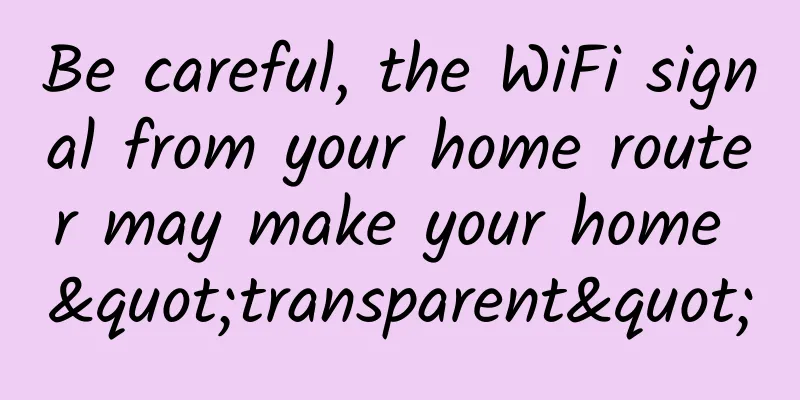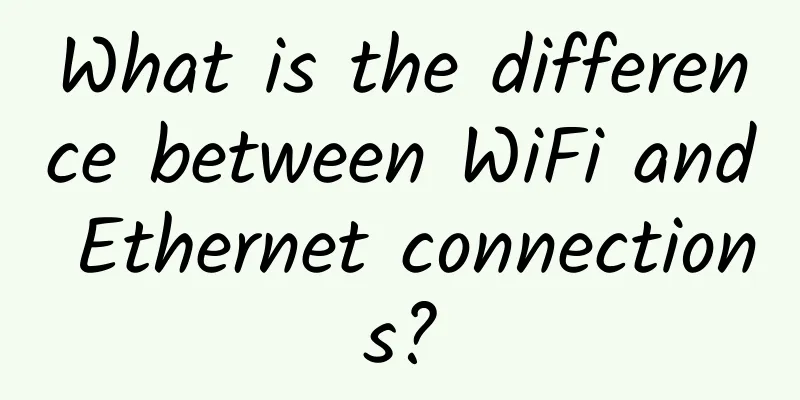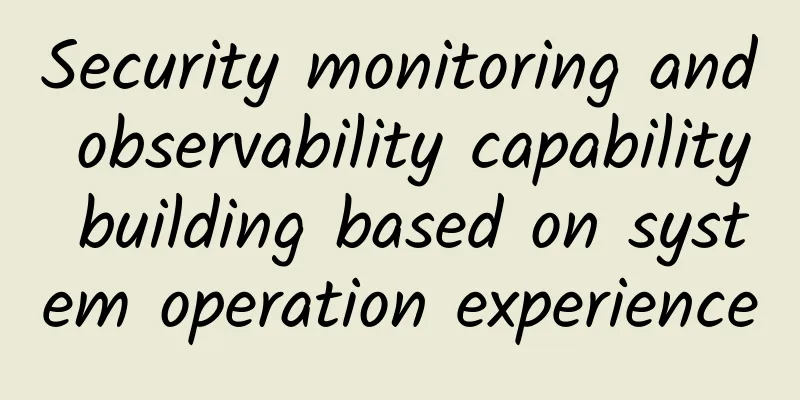Be careful, the WiFi signal from your home router may make your home "transparent"

|
When you connect to a public WiFi without a password, some information on your electronic devices may be leaked. However, you may never dream that your own wireless router may also make your home "transparent" - the spatial structure of your home may be exposed at a glance. On April 28, Science magazine reported that physicists *** used radio waves from WiFi transmitters to encode and create 3D holograms of real objects. This scene is similar to the scene in "Star Wars" where Princess Leia used a hologram to ask Obi-Wan for help. In principle, this technology can allow people outside to "see" indoors simply by using WiFi signals leaked from indoors. However, some researchers say that this "spying" method may be easier said than done. According to Science magazine, Friedemann Reinhard, a quantum sensor expert at the Technical University of Munich (TUM), said that the idea came up a few years ago. Reinhard said that at that time, they were discussing what the world would look like through Wi-Fi signals during lunch. Reinhard said that it was obvious that if you want to see the world through Wi-Fi, you need to make a hologram. Cameras produce images by collecting light reflected from an object and focusing it onto a screen to create a 2D pattern of greater or lesser intensity: a photograph. In contrast, so-called holograms make more use of the wave nature of light, usually using lasers as the light source. A laser beam is split into two beams, half of which is reflected from the object onto a photosensitive plate, and the other half of the beam is directly shone on the plate. The interference of the two sets of light waves produces light and dark spots, i.e. a hologram.
Now, Reinhard and undergraduate student Philipp Holl at TUM have used radio waves emitted by a Wi-Fi router instead of lasers to generate a hologram of a thin aluminum cross. They published their research in Physical Review Letters, a high-level physics journal sponsored by the American Physical Society. Rather than relying on the billions of digital bytes of information encoded in Wi-Fi signals, their experiment relies on the signals being clean, coherent waves. However, instead of recording the key interference pattern with a photographic plate, the researchers recorded it with a Wi-Fi receiver and reconstructed it in a computer. They placed a Wi-Fi transmitter in the room, 0.9 meters behind a thin aluminum cross. They then placed a standard Wi-Fi receiver 1.4 meters in front of the cross and slowly moved it back and forth to draw a "virtual screen" that stood in for the photographic plate. And instead of shining a separate reference beam directly into the screen, they placed a second, fixed receiver a few meters away, where it had a direct view of the transmitter. For each point on the virtual screen, the researchers compared the signals received simultaneously by two receivers and created a hologram by plotting the delay caused by the aluminum cross. The virtual hologram is not exactly like a traditional hologram because the researchers cannot recover the image of the object by shining more radio waves. Instead, the scientists use a computer to measure the distance in time that the radio waves have to travel back from the screen to hit the object. Then, the cross appears. “You can tell there’s a cross in the image,” says Neal Patwari, an electrical engineer at the University of Utah in Salt Lake City. “That’s pretty impressive,” he says, but he cautions that the approach may not work well in cluttered environments. Also, because the receiver and the object are in the same room, the cross is easily visible. In principle, it should be possible to place the Wi-Fi receiver outside and the object inside, Reinhard says. However, Mark Coates, a computer engineer at McGill University in Montreal, Canada, warns that this could be tricky, especially if there are metal screws in the wall, which can also reflect radio waves. “The waves are coming from all directions, which makes this technique more challenging,” says Coates, who was not involved in the project. Reinhard originally envisioned placing an array of Wi-Fi sensors on the ceiling of a factory, allowing the hologram to better track products tagged with radio frequency identification tags. Patwari noted that other researchers have developed simpler methods to track the movement of people within a building using stray Wi-Fi signals. Patwari expects this radio tracking technology to develop quickly: "In five to 10 years, Wi-Fi will be used more for positioning than for communication." |
<<: Operators' 5G services are now available? Don't be fooled!
>>: New optical spiral technology can increase information transmission rate tenfold
Recommend
Damn it, Xiaolin is playing tricks on me again!
Hello everyone, I am Xiaolin. A few days ago, a r...
The 5G standard is here, when will the licenses and mobile phones arrive?
Just a few days ago, the plenary session of the i...
Ethernet Adapter Market to See Record Revenue Growth in 2022
According to a recent report released by DellOro ...
Illustration | A cross-domain problem confused me
[[439558]] This article is reprinted from the WeC...
Learn VLAN division from scratch to double your network performance!
When it comes to network security and performance...
The difference between TCP and UDP and detailed explanation of flow control, congestion control, fast retransmission, and fast recovery algorithms
[[413351]] Differences between UDP and TCP In the...
V5.NET adds Hong Kong Huawei Cloud dedicated line independent server monthly payment of HK$385, physical server/cloud server first order 30% off
The tribe has shared information about V5.NET sev...
Are the operating data of the three major operators good with number portability and 5G commercial use?
On October 31, the three major domestic operators...
The rewards and risks facing retailers in a 5G world
The rollout of 5G is expected to have a significa...
Authoritative interpretation from the Ministry of Industry and Information Technology: What exactly is "5G+Industrial Internet"?
[[415906]] Recently, the Information and Communic...
Challenges of managing applications
One of the most important lessons that businesses...
Fiber Optic Cable Types and Installation Tips
Expanding the presence of fiber optics has become...
edgeNAT VPS 30% off monthly payment, 40% off annual payment, deposit 500 and get 100 yuan, US/Hong Kong/Korea data center
edgeNAT has launched a promotion in February to w...
10 trillion yuan prospect will be realized! 5G empowers various industries and highlights its value
Recently, with the hype of the "5G on Mount ...
my country will open 1.4 million 5G base stations by the end of the year
This year is a period of large-scale 5G construct...









